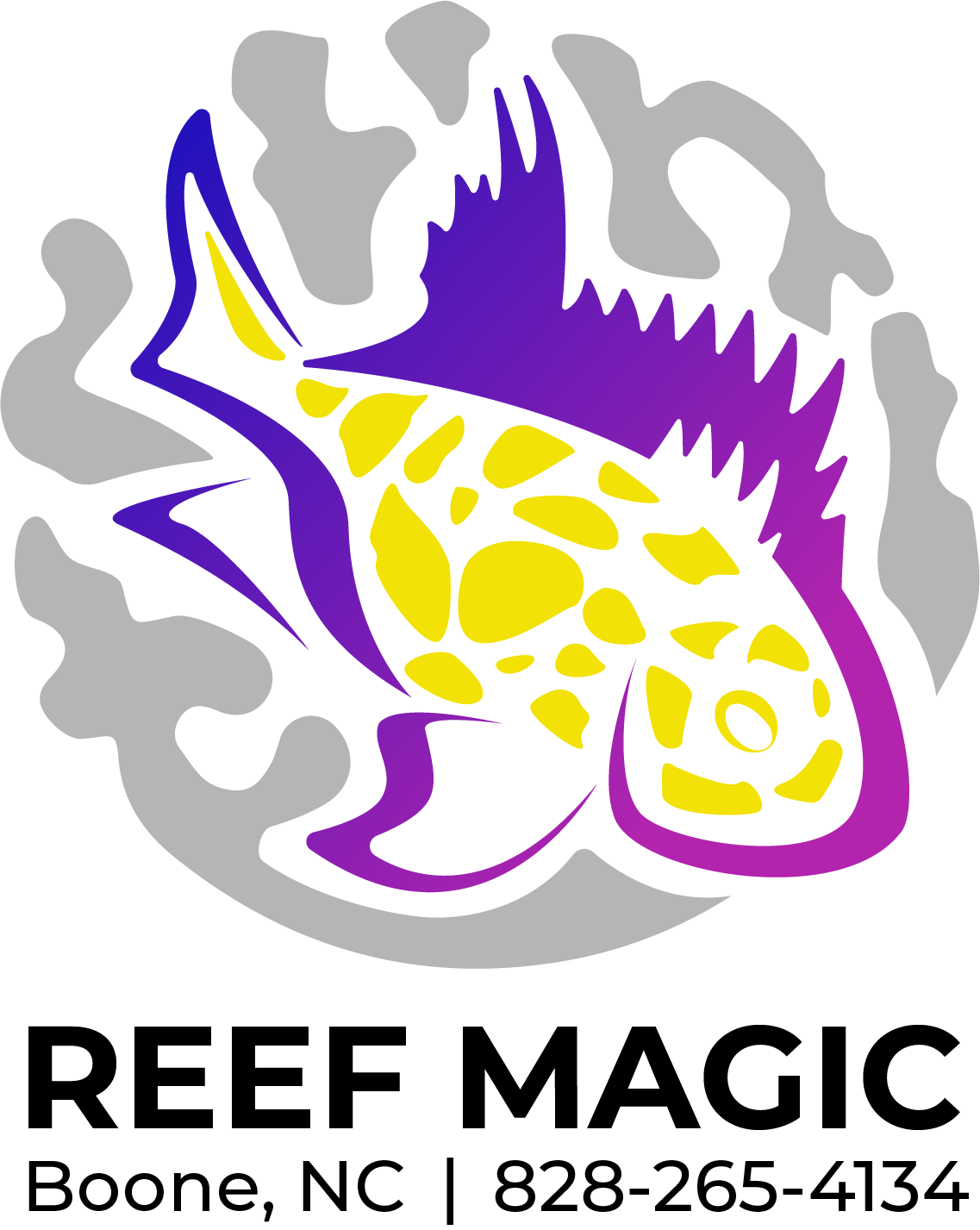 Image 1 of 1
Image 1 of 1


Catfish - Irwini Talking
Irwini Talking Catfish, also known as the Ripsaw Catfish (Oxydoras niger), are fascinating and unique freshwater catfish. While they are not commonly found in home aquariums, I can provide you with some general information about their requirements:
Aquarium Size: Irwini Talking Catfish can grow quite large, reaching lengths of up to 3 feet (90 cm) or more. Therefore, they require a spacious tank to accommodate their size. A tank size of at least 200 gallons (750 liters) is recommended for a single adult specimen. However, due to their large size and specific care needs, it is advisable to consult with experienced aquarists or specialists before considering keeping them.
Water Parameters: Irwini Talking Catfish inhabit South American rivers and require specific water conditions. They prefer warm water with a temperature range of 75-82°F (24-28°C). The pH level should be slightly acidic to neutral, typically between 6.5 and 7.5. Ammonia, nitrite, and nitrate levels should be regularly monitored and kept at safe levels (0 ppm ammonia and nitrite, and low levels of nitrate).
Filtration: A robust filtration system is crucial for maintaining excellent water quality. Irwini Talking Catfish produce a significant amount of waste, so consider using a powerful canister filter or a combination of mechanical, biological, and chemical filtration. Ensure that the filter is adequately sized for the tank and perform regular maintenance to keep it functioning optimally.
Lighting: Irwini Talking Catfish do not have specific lighting requirements. A standard aquarium light that provides a natural day-night cycle should suffice.
Decorations: Provide ample hiding places and shelter for Irwini Talking Catfish. Incorporate caves, large rocks, driftwood, and plants (both live and artificial) into the aquarium. Ensure that the decor is stable and doesn't have sharp edges that could harm the fish.
Tank Mates: Irwini Talking Catfish are generally peaceful but may become aggressive if they feel threatened or crowded. Due to their large size, it is important to select tank mates that can tolerate their size and behavior. Consider keeping them with other large, robust fish species that inhabit similar South American river environments. It is advisable to research and consult with experts to determine suitable tank mates.
Feeding: Irwini Talking Catfish are primarily carnivorous. Offer them a varied diet consisting of high-quality sinking pellets, frozen or live meaty foods like bloodworms, shrimp, krill, and small fish. They may also consume other invertebrates and small vertebrates found in the aquarium.
Irwini Talking Catfish, also known as the Ripsaw Catfish (Oxydoras niger), are fascinating and unique freshwater catfish. While they are not commonly found in home aquariums, I can provide you with some general information about their requirements:
Aquarium Size: Irwini Talking Catfish can grow quite large, reaching lengths of up to 3 feet (90 cm) or more. Therefore, they require a spacious tank to accommodate their size. A tank size of at least 200 gallons (750 liters) is recommended for a single adult specimen. However, due to their large size and specific care needs, it is advisable to consult with experienced aquarists or specialists before considering keeping them.
Water Parameters: Irwini Talking Catfish inhabit South American rivers and require specific water conditions. They prefer warm water with a temperature range of 75-82°F (24-28°C). The pH level should be slightly acidic to neutral, typically between 6.5 and 7.5. Ammonia, nitrite, and nitrate levels should be regularly monitored and kept at safe levels (0 ppm ammonia and nitrite, and low levels of nitrate).
Filtration: A robust filtration system is crucial for maintaining excellent water quality. Irwini Talking Catfish produce a significant amount of waste, so consider using a powerful canister filter or a combination of mechanical, biological, and chemical filtration. Ensure that the filter is adequately sized for the tank and perform regular maintenance to keep it functioning optimally.
Lighting: Irwini Talking Catfish do not have specific lighting requirements. A standard aquarium light that provides a natural day-night cycle should suffice.
Decorations: Provide ample hiding places and shelter for Irwini Talking Catfish. Incorporate caves, large rocks, driftwood, and plants (both live and artificial) into the aquarium. Ensure that the decor is stable and doesn't have sharp edges that could harm the fish.
Tank Mates: Irwini Talking Catfish are generally peaceful but may become aggressive if they feel threatened or crowded. Due to their large size, it is important to select tank mates that can tolerate their size and behavior. Consider keeping them with other large, robust fish species that inhabit similar South American river environments. It is advisable to research and consult with experts to determine suitable tank mates.
Feeding: Irwini Talking Catfish are primarily carnivorous. Offer them a varied diet consisting of high-quality sinking pellets, frozen or live meaty foods like bloodworms, shrimp, krill, and small fish. They may also consume other invertebrates and small vertebrates found in the aquarium.

